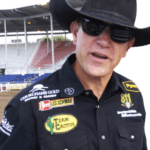Here at Rhino, our most popular product is the TriView. The TriView comes in several configurations – Test Stations, Ventguards, Extensions, and an almost unlimited number of color combinations that can help differentiate your markers on the ROW.
The TriView is manufactured exclusively at our facility in Waseca, MN. We start with our proprietary blend of thermoplastics we call RhinoPoly. RhinoPoly is more flexible and more resilient than High Density Polyethylene (HDPE).
The virgin resins are piped from our silos to one of our extrusion lines where computerized controls and digital metering deliver consistent temperatures, pressure, and viscosity. The RhinoPoly is blended with a precise mix of UV stabilizers and pigment providing vibrant colors and the durability to withstand even the harshest environments.
Heated by friction, the blend is fed from the head to the tooling where the vacuum pressure and our cooling tank give it its shape. The Triangular profile emerges and is pulled along to an automated saw and is cut to length.
Next the triangular tube gets its cap. The caps are injection molded in our xx ton press just a few steps away and receive the same bend of pigment and UV stabilizers. The caps are fastened to the tube using galvanized staples to resist corrosion.
The post is then taken to the punching station where it receives our patented TriGrip Anchor. The bottom of the post is inserted into the punch where compressed air activates the tooling.
The post is almost ready to be decorated, but first we need to flame or “corona” treat them. All plastics have a surface energy that that causes them to be non-receptive to bonding with printing inks and adhesives. The corona treatment equalizes the surface energy of the thermoplastic making it receptive to permanent bonding.
Our decals are printed with UV stable inks on a vinyl substrate with a low-tack adhesive backing that cures over time. Decals are applied taking care not to touch the treated plastic as any contaminates could interfere with adhesion.
The finished posts are finally collected at the end of the line where a quality control tech will inspect them and count them one last time after they are loaded into a gaylord and onto a pallet. Pallets are then forklifted over to the staging area where they shrink wrapped, weighed, and tagged for shipment.
There are TriViews in every US State and Canadian Province protecting pipelines and cables. We take that job seriously and work hard to ensure they will perform their mission for at least 10 years.



